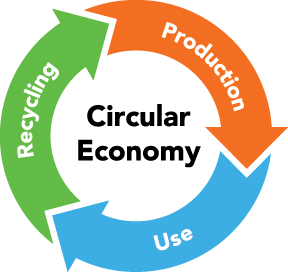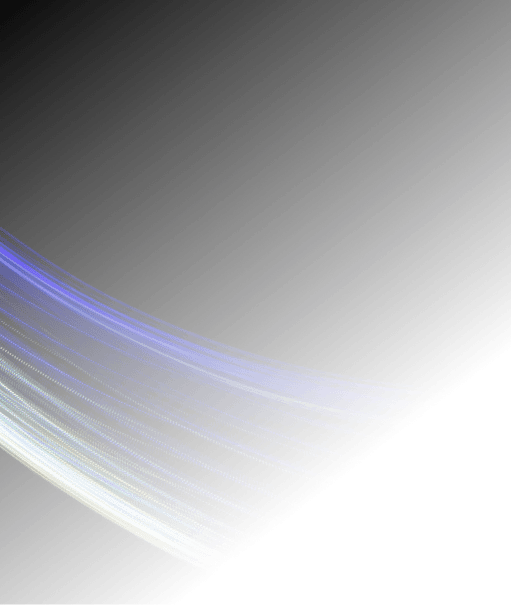No bargain hunting buyer ignores an 80% off sale on products of their choosing. Well, how about saving 80% of the greenhouse gas emissions (GhG) generated in the lifecycle of an electronic device? In the quest for reducing emissions, an 80% savings cannot be ignored. This savings is one way illumynt is delivering on its mission to “deliver data-driven technology lifecycle solutions to maximize sustainability, security, and value.”
When we receive used electronics from our customers – everything from data center decommissions to laptops replaced by upgrades to networking gear – we test, repair, refurbish and remarket these assets themselves or their usable constituent parts. For decades, the basic premise of the value of reuse in terms of materials, energy and emissions saved, is that the purchase of a used product is in lieu of the purchase of a new product. The difference between the emissions attributable to the lifecycle of a new device versus those attributable to a used device is what quantifies the sustainability win of avoided emissions.
 Looking at a simplistic depiction of a product’s lifecycle, the phases are shown as production, use and recycling. However, pictures can be deceiving. Captured in the production phase is all the energy used in the actual extraction of the materials used to create the product itself, all the energy and materials used in the actual manufacturing, and all the associated emissions. Unlike the symmetric depiction in this image, according to research done by the New York Times, the “manufacturing stage” of the lifecycle of a laptop, herein called “production”, accounts for 70% to 80% of the total emissions.
Looking at a simplistic depiction of a product’s lifecycle, the phases are shown as production, use and recycling. However, pictures can be deceiving. Captured in the production phase is all the energy used in the actual extraction of the materials used to create the product itself, all the energy and materials used in the actual manufacturing, and all the associated emissions. Unlike the symmetric depiction in this image, according to research done by the New York Times, the “manufacturing stage” of the lifecycle of a laptop, herein called “production”, accounts for 70% to 80% of the total emissions.
The circular economy, wherein, aspirationally, waste is eliminated, is often referred to as “cradle-to-cradle”, the idea being that everything that goes into a product is reclaimed at the end of its life and just put into the new manufacture of a new product. I say “aspirationally” because there really can never be a complete recapture of all the energy spent or even all the materials used, but it is a giant step forward. The circular economy seeks to replace the linear economy, where products go from “cradle-to-grave,” that is, their ultimate destination is the trash.
Accounting for the emissions generated before the “use” phase in the diagram above is known as looking at the emissions from “cradle-to-gate”. Wikipedia defines “Cradle-to-gate is an assessment of a partial product life cycle from resource extraction (cradle) to the factory gate (i.e., before it is transported to the consumer). Cradle-to-gate emissions are just the emissions that can be avoided when an asset gets a new life. Buying a used laptop, therefore, equates to an emissions avoidance of up to 80%. And these avoided emissions translate to an avoidance of Scope 3 emissions.
illumynt prides itself on extending the life of all the assets we handle that have a viable second life, and are committed to maximizing sustainability outcomes.
Be sure to check out my continuing blog series as I discuss all things related to sustainable electronics.




